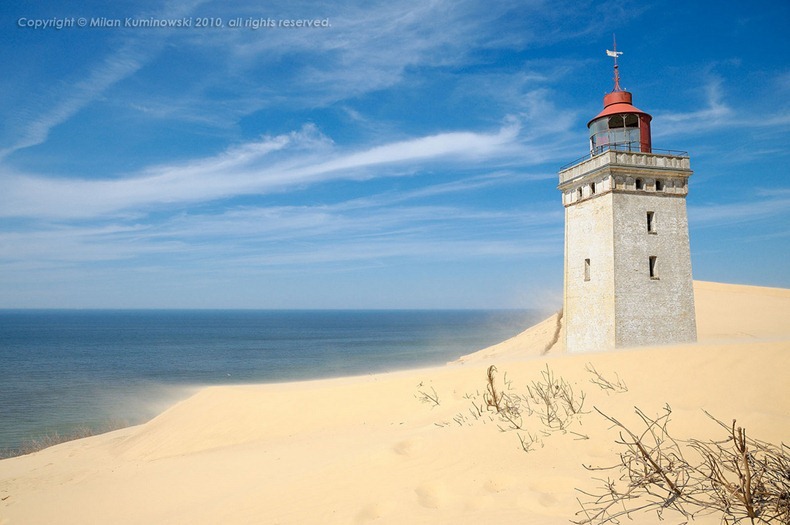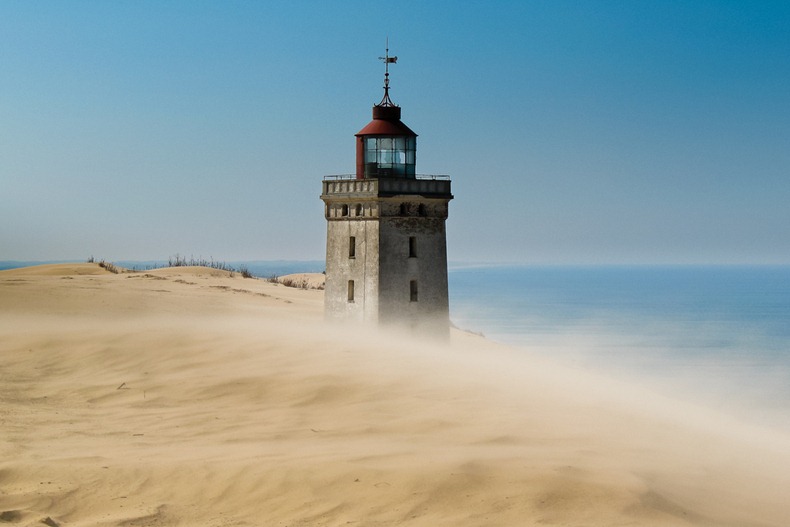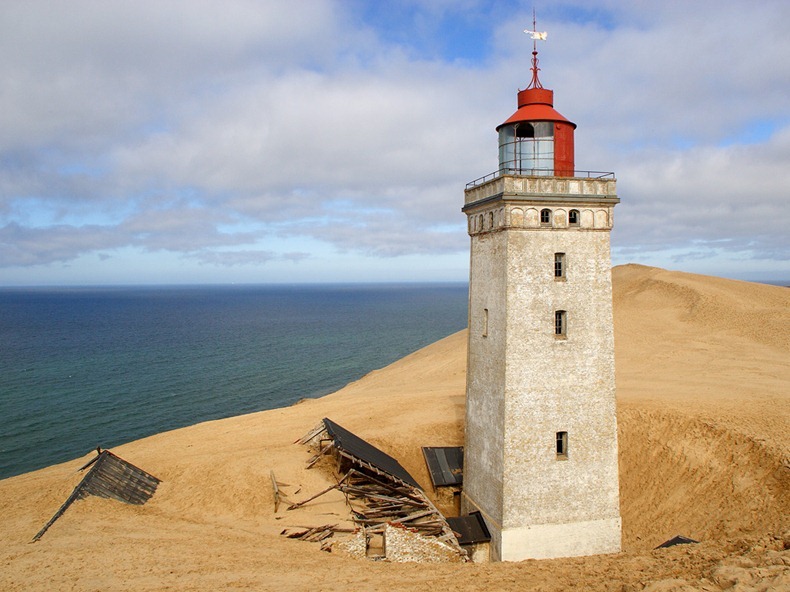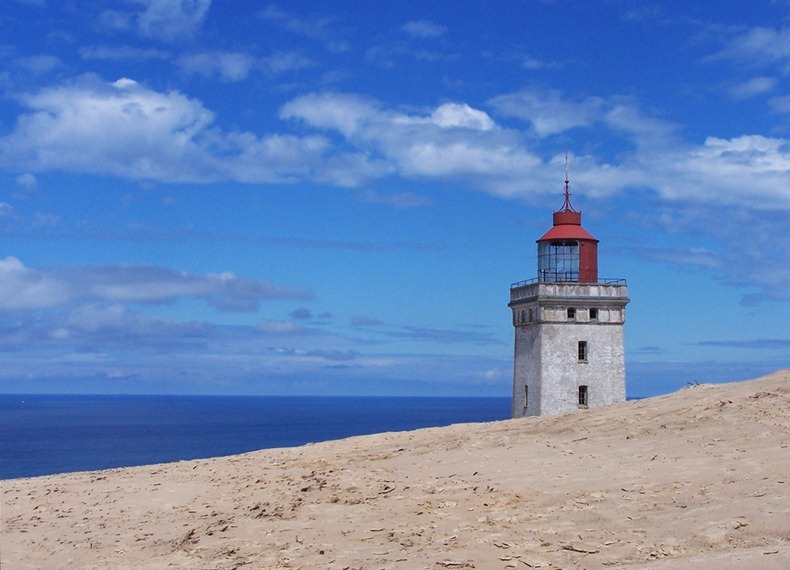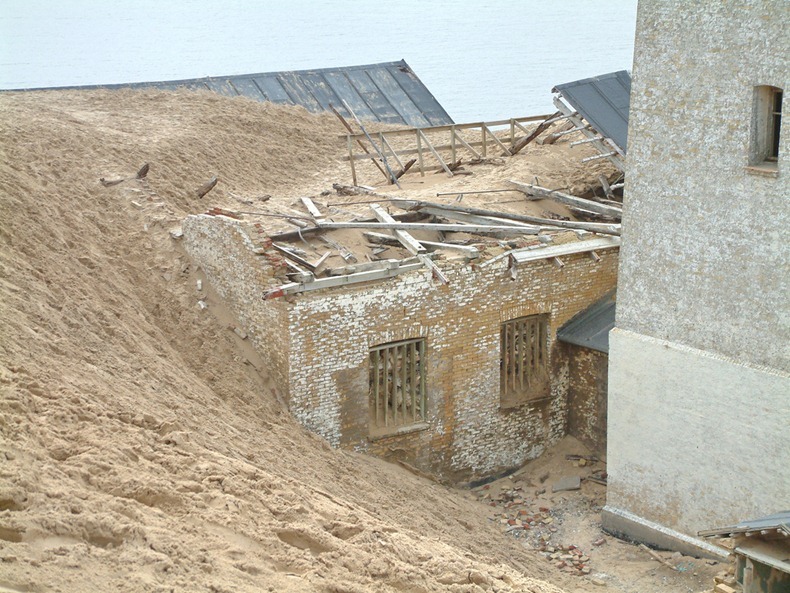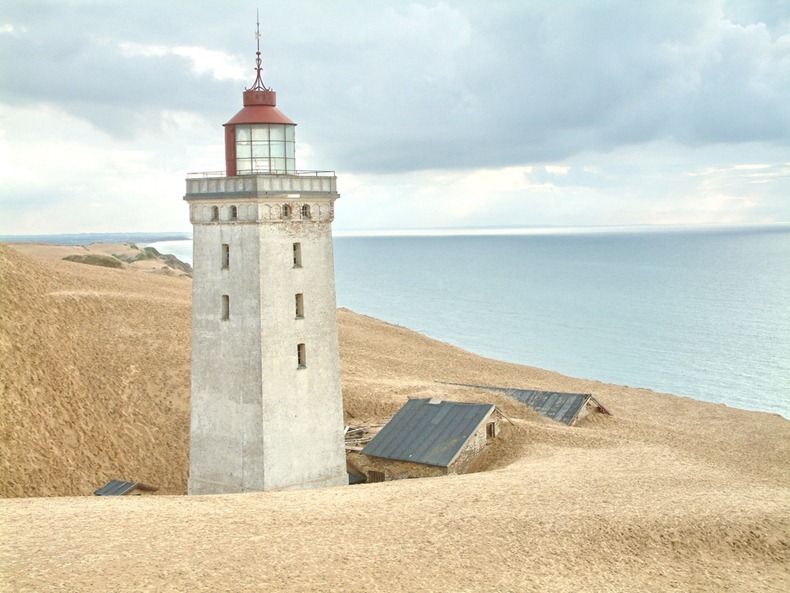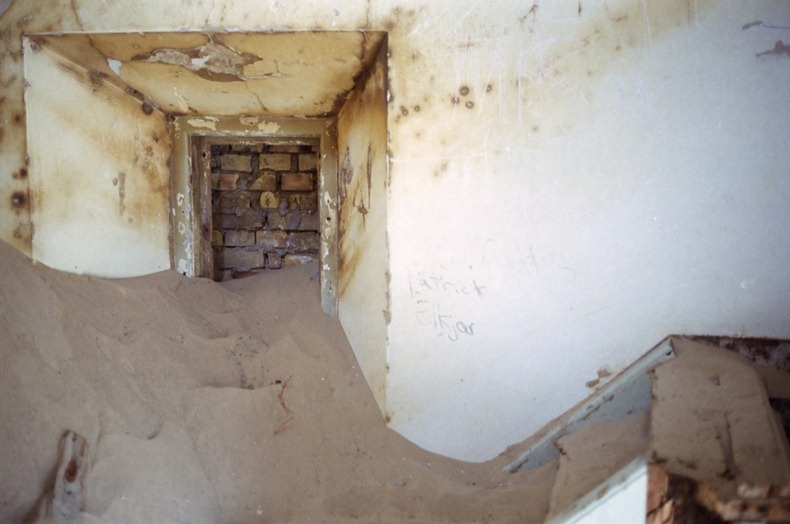From National Geographic.
Beaches are a great thing. Sun, surf and bikinis.
Seychelles
Photograph by Sergio Pitamitz
North of Madagascar, off Africa’s east coast, are the 115 islands of the Seychelles. The Indian Ocean paradise hosts many sun-loving tourists who fuel its economic engines.
Cape Town, South Africa
Photograph by Steve Bloom/Getty Images
The seaside resort of Clifton, near Cape Town, hugs the western slope of Table Mountain.
Coronado Beach, California
Photograph by Sunny Awazuhara-Reed
Steady waves along San Diego Bay draw surfing enthusiasts and novices alike, as well as crowds of tan-seeking sunbathers.
Cumberland Island, Georgia
Photograph by Fred Whitehead/Photo Library
Shells speckle the water’s edge at Cumberland Island National Seashore in Georgia. The secluded barrier island gained fame after serving as the location of the secret wedding of John F. Kennedy, Jr., and Carolyn Bessette in 1996.
Fraser Island, Australia
Photograph by Andrew Watson/Photo Library
Clear waters lap the shores of Fraser Island—the world’s largest sand island—just off the coast of Queensland.
Kailua, Hawaii
Photograph by Macduff Everton/Getty Images
Coconut palms line the shore in Kailua, along Hawaii’s Kona Coast. The palms’ lanky trunks support the heavy fruits dangling from their branches.
Maya Bay, Thailand
Photograph by Paul Quayle/Getty Images/Axion RM
After being devastated by the 2004 tsunami, the Phi Phi archipelago off the coast of Thailand has been restored to its pristine, idyllic state.
James Bond Island from the movie The Man With The Golden Gun is near the above island.
Harbour Island, Bahamas
Photograph by Ian Cumming/Getty Images
Clean Atlantic waters and a warm current from the Gulf create an ideal environment for aquatic wildlife and adventure-seeking tourists in the Bahamas.
Ocracoke Island, North Carolina
Photograph by Terry Donnelly/Getty Images
Tufts of grass dot the shores of Ocracoke Island, site of an early European settlement and still home to descendants of the pirate Blackbeard. Ocracoke is part of the Outer Banks, a string of barrier islands that draws throngs of sunseekers.
Markozen added this great beach to the list.























